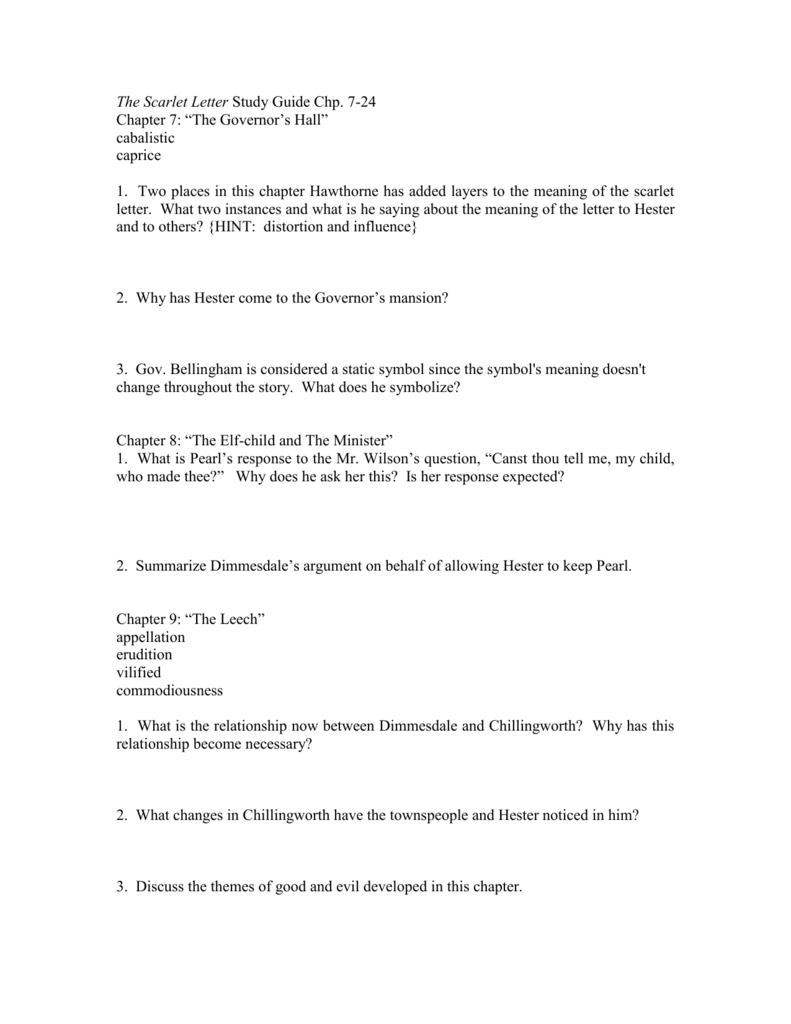

One night he stands on the scaffold to repent for his sin. Furthermore, he undertakes long fasting without eating and drinking as a form of penance.
He uses chains and whips to beat himself in the closet.

He is torn between the desire to confess and atone and the cowardice that holds him back and in the process, Dimmesdale goes a little insane. There is no way for him to integrating both. The terrifying fact is that it leaves half of Dimmesdale out, the flesh or the spirit has to go. If he wants to continue with his ministerial role, he should bury his sensuality and wrap himself with a cloak of sanctity. In Dimmesdale there is a split between his private and his public self, his purity and his passion. He is very much overwhelmed with shame and remorse and as a result he becomes famous of his sermons.Īs a speaker, his ability is enhanced due to the fact that he felt himself more sinful than most of his audience. And as he lives his life ridden with guilt, he grows paler and weaker by the minute. From the beginning of the story, he is somewhat pale and weak. Certainly, the scarlet letter now begs reevaluation, and it comes to stand for “Able” rather than “Adultery”.ĭimmesdale as a person is a coward and a hypocrite. The narrator mentions that “the scarlet letter had the effect of the cross on a nun’s bosom.”Īs Hester not only publicly confessed but also takes responsibility for her actions, the town people follow her lead and start forgiving her. They rather interpreted as meaning Able due to her strength as a woman. The Scarlet Letter which at first symbolizes Hester’s seductive and sinful nature, later through her evolution of personality, many people refuse to interpret the scarlet A by its original significance. Her devotion towards serving the sick and needy allows her entrance into almost every home. Her reputation changes over the seven years since she gave birth to Pearl. She takes care of her child Pearl and in her spare time helps the poor and the needy. Hester’s needlework skills allow her to maintain a stable life. And would that I might endure his agony as well as mine!” (Chapter 3, Howthorne).Īs punishment, Hester lives with her daughter in a secluded cottage near the outskirts of the city. Wilson, but into the deep and troubled eyes of the younger clergyman. She does not share her humiliation with her partner in sin but bears the punishment alone: “Never,” replied Hester Prynne, looking, not at Mr. Hawthorne portrays Hester as a strong-minded Puritan woman who bravely faces her audience while standing as a culprit on the scaffold. He is redeemed at the end of the novel when he releases his secret sin openly. His self-condemnation due to his un-confessed sin utterly destroys him physically and psychologically. In contrast to Hester, Dimmesdale always puts his hands on his heart to hide the fictional “A” on his soul.

She is able to gather strength and courage and flourishes in spite of the “A” symbol and people begin to interpret the A as meaning “Able” rather than “Adultery.” As a result of her repentance, she is charitable to the poor and sympathetic to the broken-hearted. However, the public humiliation she faces because of her confessed sin does not destroy her inward spirit but rather redeems her from her sin. Hester Prynne is deeply sinned and she is guilty of adultery. She commits the sin of adultery and her partner in sin is Arthur Dimmesdale. “The Scarlet Letter” by Nathaniel Hawthorne tells the story of Hester Prynne, the protagonist of the novel.


 0 kommentar(er)
0 kommentar(er)
